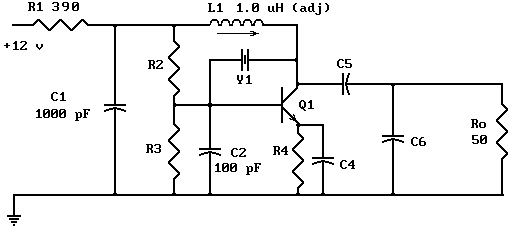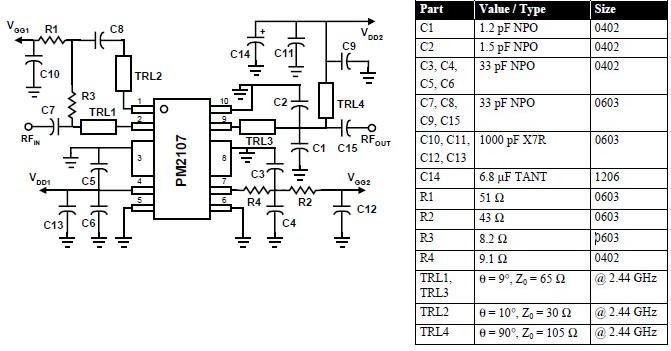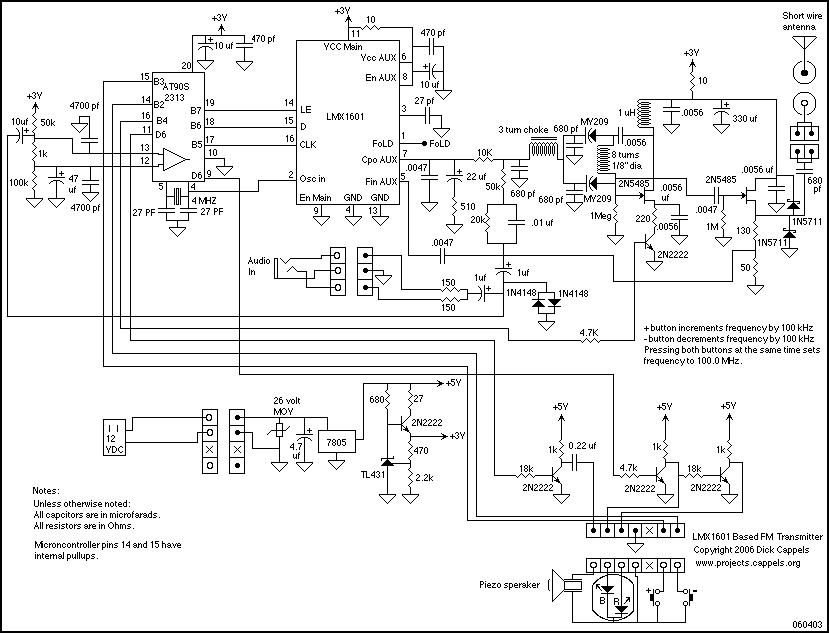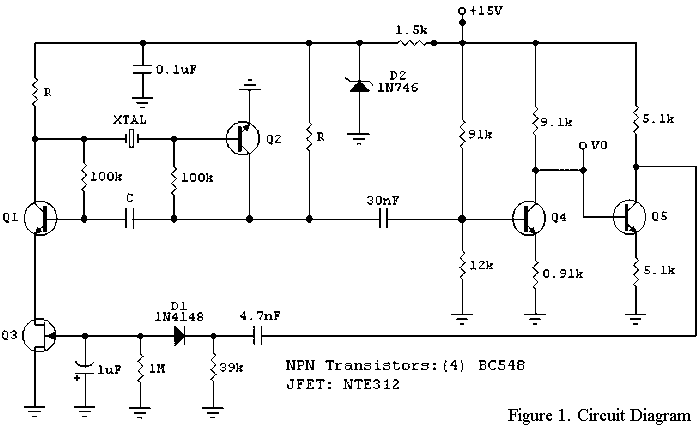
PLL Synthesizer for 150 MHz Local Oscillator
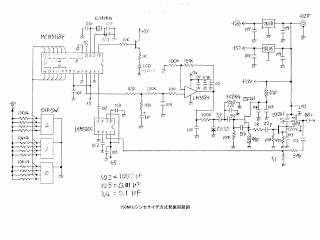
This MOT's LSI is highly suitable for designing VFOs in ham radios, featuring a 4-digit BCD preset counter with a range from 3 to 3999. It also includes a standard crystal frequency oscillator and preset dividers. The input nodes of this LSI are pulled down internally. A 5V level is required for setting 1. According to the manufacturer, this LSI can handle input frequencies up to 15 MHz. However, it has been reported to operate at 38 MHz (after dividing by 4 from 154 MHz), and it is possible to supply 8V on the Vcc. At 8V Vcc, this IC could potentially function with input frequencies of up to approximately 50 MHz.
This LSI (Large Scale Integration) device integrates several functional blocks that make it an ideal choice for amateur radio frequency oscillator (VFO) applications. The 4-digit BCD (Binary-Coded Decimal) preset counter allows for precise frequency settings, enabling users to select a frequency within the specified range of 3 to 3999. The inclusion of a standard crystal oscillator ensures stable frequency generation, which is crucial for reliable communication in ham radio operations.
The device's input nodes are designed with internal pull-down resistors, which help stabilize the input levels and prevent floating states that could lead to erroneous operation. A supply voltage of 5V is required for the initial setting, ensuring compatibility with common digital logic levels. The manufacturer specifies a maximum input frequency of 15 MHz, making it suitable for a wide range of applications in the amateur radio spectrum.
Moreover, there is an opportunity to enhance the performance of the LSI by supplying a higher voltage of 8V on the Vcc line. This increased voltage allows the device to handle higher input frequencies, with reports indicating functionality up to 50 MHz. This capability is particularly beneficial for advanced ham radio applications that require higher frequency operation.
In summary, this LSI is a versatile component for VFO design in ham radios, providing essential features such as a preset counter, crystal oscillator, and frequency division, along with the flexibility to operate at varying supply voltages for extended frequency capabilities. Proper implementation of this device can lead to improved performance in frequency stability and accuracy in amateur radio communications.This MOT`s LSI is very suitable for designing ham rigs` VFO, which has 4 digit BCD preset counters from 3 to 3999. And also there is standard Xtal frequency oscillator and preset dividers. This LSI`s input nodes are pull down in the LSI. You should supply 5V level for setting 1. The maker said that this LSI is usable up to 15MHz input. However thi s time using at 38 MHz (divided 4 from 154 MHz), and you may supply 8V on the Vcc. I heard that at 8V of Vcc this IC could work up to about 50 MHz input. 🔗 External reference
This LSI (Large Scale Integration) device integrates several functional blocks that make it an ideal choice for amateur radio frequency oscillator (VFO) applications. The 4-digit BCD (Binary-Coded Decimal) preset counter allows for precise frequency settings, enabling users to select a frequency within the specified range of 3 to 3999. The inclusion of a standard crystal oscillator ensures stable frequency generation, which is crucial for reliable communication in ham radio operations.
The device's input nodes are designed with internal pull-down resistors, which help stabilize the input levels and prevent floating states that could lead to erroneous operation. A supply voltage of 5V is required for the initial setting, ensuring compatibility with common digital logic levels. The manufacturer specifies a maximum input frequency of 15 MHz, making it suitable for a wide range of applications in the amateur radio spectrum.
Moreover, there is an opportunity to enhance the performance of the LSI by supplying a higher voltage of 8V on the Vcc line. This increased voltage allows the device to handle higher input frequencies, with reports indicating functionality up to 50 MHz. This capability is particularly beneficial for advanced ham radio applications that require higher frequency operation.
In summary, this LSI is a versatile component for VFO design in ham radios, providing essential features such as a preset counter, crystal oscillator, and frequency division, along with the flexibility to operate at varying supply voltages for extended frequency capabilities. Proper implementation of this device can lead to improved performance in frequency stability and accuracy in amateur radio communications.This MOT`s LSI is very suitable for designing ham rigs` VFO, which has 4 digit BCD preset counters from 3 to 3999. And also there is standard Xtal frequency oscillator and preset dividers. This LSI`s input nodes are pull down in the LSI. You should supply 5V level for setting 1. The maker said that this LSI is usable up to 15MHz input. However thi s time using at 38 MHz (divided 4 from 154 MHz), and you may supply 8V on the Vcc. I heard that at 8V of Vcc this IC could work up to about 50 MHz input. 🔗 External reference
